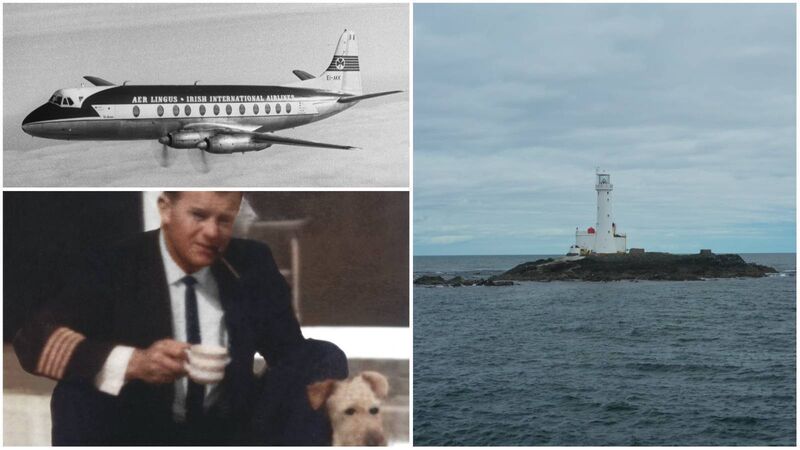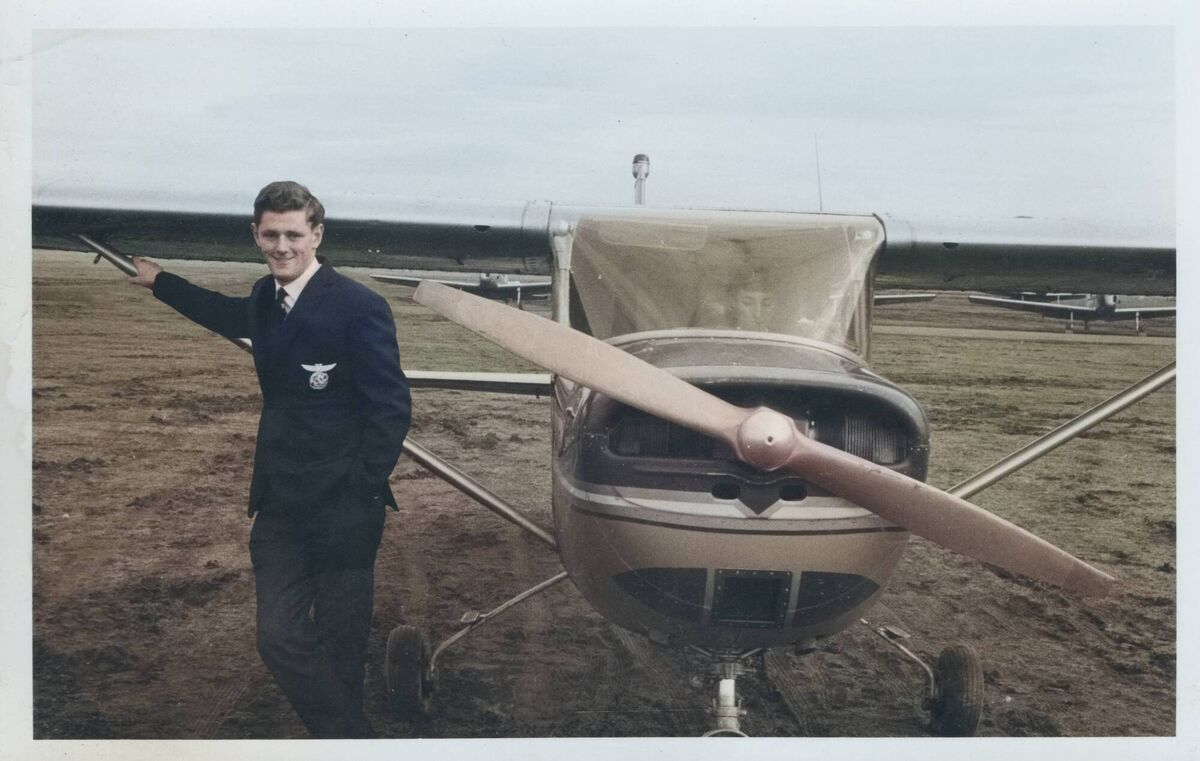TV review: The Tuskar Rock Tragedy is all about the people left behind

The Tuskar Rock Tragedy: the worst crash in Irish aviation history. Aer Lingus flight 712 crashed off the Wexford coast in 1968. Pictured: the pilot, Barney O'Beirne; and the co-pilot was Paul Heffernan
There are two sides to (RTÉ One Monday and RTÉ Player).
The documentary tells the story of the worst crash in Irish aviation history, when Aer Lingus flight 712 departed from Cork Airport and crashed off the Wexford coast in 1968, leaving 61 people dead.
One aspect of the show is the why of it all. We see what we often see following these seemingly avoidable tragedies, where the families of the victims are left demanding answers after official enquiries dish up half-arsed explanations that have the look and feel of a whitewash.

There is talk of a cover-up and the inevitable conspiracy theories, such as the notion that the plane collided with an RAF drone device that was known to operate off the west coast of Wales.
This was eventually dismissed because the drones weren’t in use that Sunday (wars take the weekend off apparently). The cause remains a mystery, but the suggestion here is that it may have been a structural issue with the plane.
The heart of this documentary has nothing to do with enquiries and sinister RAF drones. It’s all about the people who were left behind after the tragedy, heartbreakingly poignant this week as the people of Creeslough grapple with their awful loss.

Here we meet daughters, sisters, sons and brothers of the people who died when the plane plunged into the sea near Tuskar Rock, that March Sunday in 1968. At first, they are matter of fact, affectionate, the half a century and more since the tragedy numbing the pain.
But then something catches in the throat and their eyes mist over. The woman who can still remember the presence of her father in the hall, in his best suit for the flight, never to be seen again.
The son of the pilot, recounting how his widowed mother was slapped in the face in a restaurant by someone who felt her dead husband was to blame ( he absolutely wasn’t).
We have the sisters of an air hostess who died that day, admitting that they never really talked about their loss until now.
And the final scene, the brother of a victim in a small fishing boat at the spot where flight 712 entered the water, counting to 61 as a way of remembering the dead.

The Tuskar Rock Tragedy is a proper meditation on grief. The makers do this odd thing early in the show, where a victim of the crash is faded out of an old photo as a relation talks about them.
It seems crass until later in the show, when they are faded back in again, this time in colour, to show that they are still remembered, frozen in time, always loved.
The guy counting to 61 on the fishing boat says you never want to forget, but you have to keep going ahead. Another woman says she finally achieved some closure after her own visit to the crash site, her own sister gone but not forgotten.
The Tuskar Rock Tragedy is quietly powerful TV.



